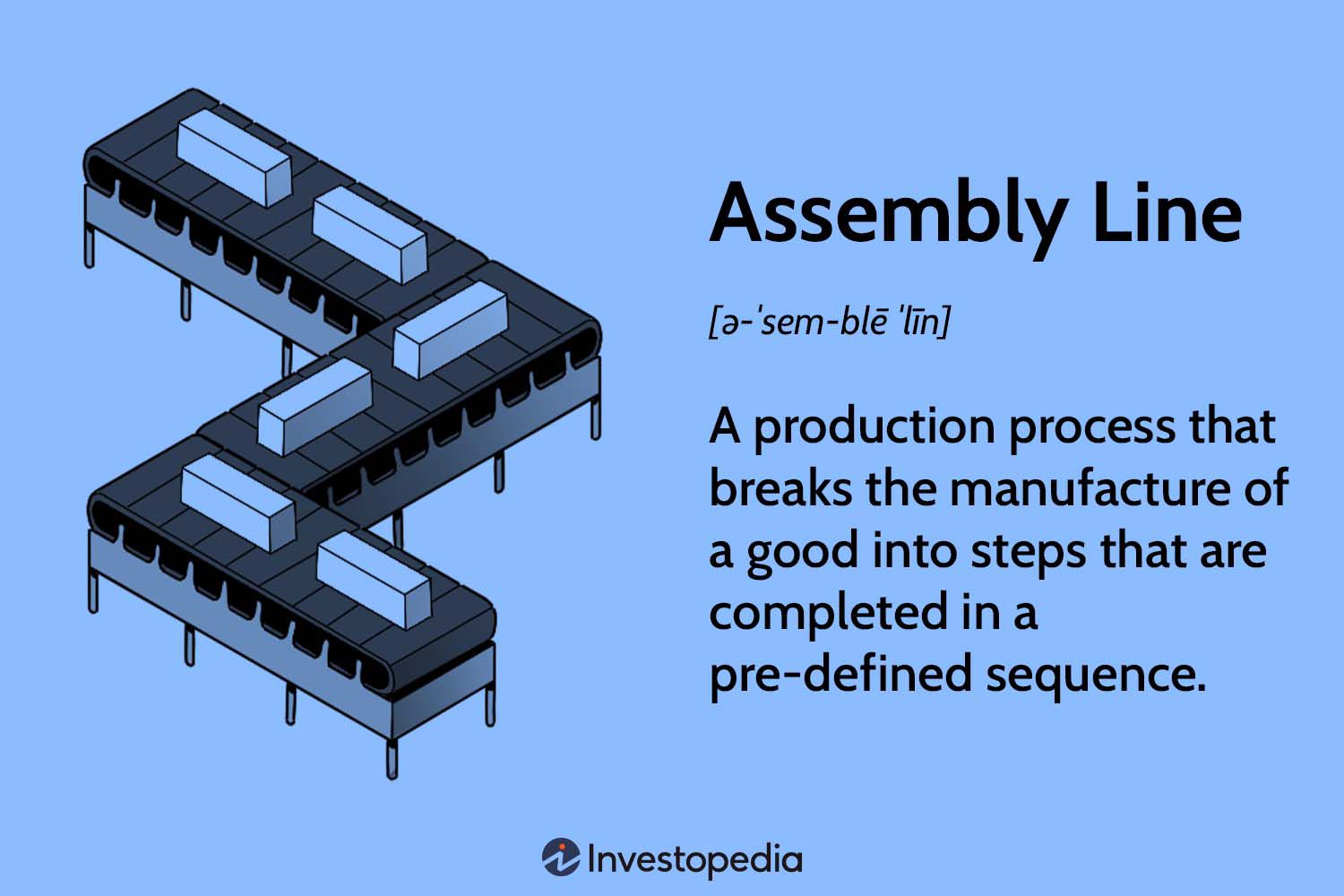The assembly line is a manufacturing process where products are assembled in a series of workstations, with each worker performing a specific task on each unit as it passes along the line. This efficient system has revolutionized production, enabling the mass production of goods at a lower cost and in a shorter time.
History of the Assembly Line
The concept of the assembly line is often attributed to Henry Ford, who implemented it in his automobile factories in the early 20th century. By breaking down the complex task of building a car into smaller, repetitive tasks, Ford was able to significantly increase production efficiency and reduce costs.
Benefits of Assembly Lines
- Increased Efficiency: Assembly lines allow for a continuous flow of work, minimizing downtime and maximizing productivity.
- Reduced Costs: By standardizing processes and reducing waste, assembly lines can lead to significant cost savings.
- Improved Quality Control: Consistent processes and quality checks throughout the assembly line can help ensure product quality.
- Increased Productivity: The repetitive nature of tasks on an assembly line can lead to increased worker productivity.
Types of Assembly Lines
- Fixed-Path Assembly Line: The product moves along a fixed path, with workstations arranged in a specific sequence.
- Flexible Assembly Line: The product can be routed through different workstations depending on the specific configuration or options selected.
- Modular Assembly Line: The assembly line is divided into modules, each responsible for producing a specific component or subassembly.
Challenges and Considerations
- Worker Fatigue: Repetitive tasks on an assembly line can lead to worker fatigue and decreased productivity.
- Flexibility: Assembly lines can be less flexible than other production methods, making it difficult to adapt to changes in demand or product design.
- Quality Control: Ensuring consistent quality throughout the assembly line can be challenging, especially for complex products.
Despite these challenges, the assembly line remains a fundamental component of modern manufacturing. By understanding the principles and benefits of assembly lines, businesses can optimize their production processes and achieve greater efficiency and cost-effectiveness.
